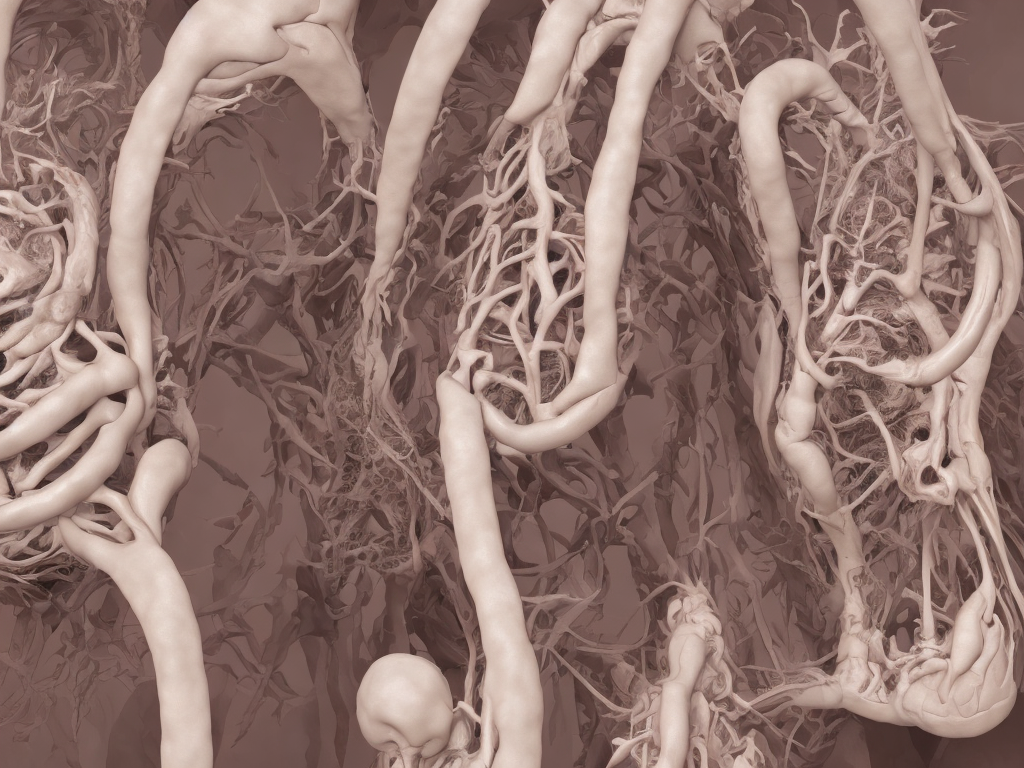
The human pelvis is the bony structure that connects the legs to the upper body. It is an essential structure that plays an important role in human reproduction, movement, and stability. However, there are significant differences between the male and female pelvises. In this article, we will discuss the main differences between male and female pelvises.
1. Bone Structure
One of the most significant differences between the male and female pelvises is the bone structure. The male pelvis is generally larger and heavier than the female pelvis. The male pelvis is also thicker and stronger than the female pelvis. The male pelvic bones are designed to support the heavier upper body and are thicker to deal with the stresses of locomotion and movement.
On the other hand, the female pelvis is smaller and lighter than the male pelvis. It is also wider and shallower than the male pelvis. The female pelvis is designed to accommodate the childbearing process. Women’s pelvic bones are thinner than men’s, which allows for more flexibility during childbirth.
2. Pelvic Arch
The pelvic arch is another significant difference between male and female pelvises. The pelvic arch in males is V-shaped, while in females, it is U-shaped. The V-shape in males allows for the growth and positioning of the testes outside the body. Females, on the other hand, have a wider U-shaped pelvis to accommodate childbirth. The wider pelvic arch provides more room for the baby’s head to pass through the birth canal.
3. Sacrum
The sacrum is located at the base of the spine and is a component of the pelvis. It is the triangular bone formed by the fusion of the five vertebrae. The sacrum in males is wider and taller, while in females, it is shorter and curvier. This difference is related to the difference in the pelvic cavity and the need to accommodate childbirth.
4. Pubic Bone
The pubic bone is another important component of the pelvis. In males, the pubic bone is longer and more curved than in females. The pubic bones of males are more prominent, and they are also more robust. The female pelvis has a wider pubic angle, which allows for childbirth, while the male pelvis has a narrower pubic angle to allow for more stability during physical activity.
5. Sciatic Notch
The sciatic notch is the space between the ischial spine and the ischial tuberosity. It is the site where the sciatic nerve passes out of the pelvis. The sciatic notch is wider in females than in males, which is crucial for childbirth. The wider notch provides more room for the baby’s head to pass through the pelvis during childbirth.
6. Acetabulum
The acetabulum is the socket that connects the femur bone to the pelvis. In females, the acetabulum is wider and shallower than in males. This difference is also related to the need to accommodate childbirth. The wider and shallower acetabulum provides more room for the baby’s head to pass through during childbirth.
7. Coccyx
The coccyx is the small bone at the bottom of the spine, also known as the tailbone. The female coccyx is more curved than the male coccyx. The curved coccyx in females is significant because it alleviates stress on the spine during pregnancy and childbirth.
8. Pelvic Floor Muscles
The pelvic floor muscles are a group of muscles that support the bladder, uterus, and rectum. There is no significant difference in the pelvic floor muscles between males and females pre-puberty. However, in females, the pelvic floor muscles become more prominent during puberty, pregnancy, and childbirth.
In summary, there are significant differences between male and female pelvises, including bone structure, pelvic arch, sacrum, pubic bone, sciatic notch, acetabulum, coccyx, and pelvic floor muscles. These differences are related to the need to accommodate childbirth, support the upper body, and provide stability during physical activity. Understanding these differences is essential for medical professionals, physical trainers, and anyone interested in human anatomy.
 Self-Instruct
Self-Instruct